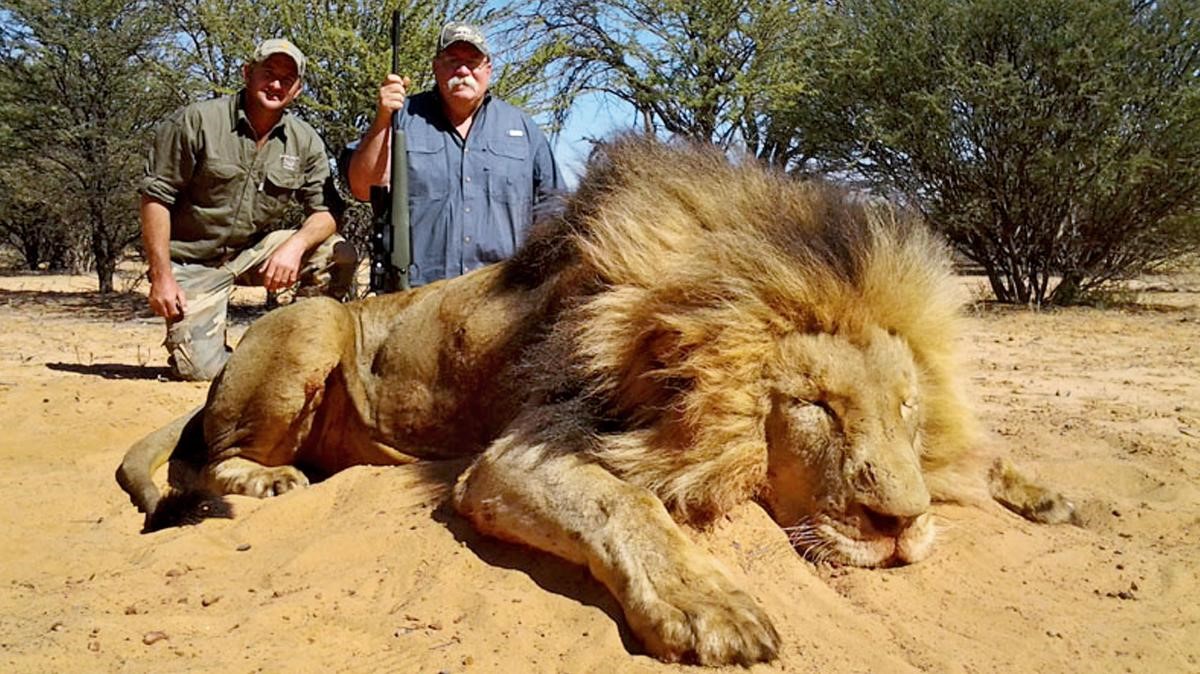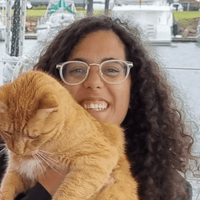
The Cruelty Big Cats Suffer. It’s a Vicious Cycle.
In South Africa, big cats suffer from birth to death, exploited throughout their lives
Big cats suffer in countless ways for human gain. From cub petting tourism to killed for their bones, their exploitation both legally and illegally forms a vicious cycle.
Today, every single species of big cat is considered at risk – by trade, by habitat loss, and by human persecution.1
According to CITES, tigers and leopards are threatened with extinction.2 On the IUCN Red List, African lions are vulnerable, Asiatic lions are endangered and jaguars are near threatened.3
Despite this precarious situation, big cats continue to be abused; and it’s clear that South Africa is a hotbed for this cruelty.
As one of the few countries worldwide that allows the largescale captive breeding and keeping of big cats for commercial purposes 4, the country is now also the world’s biggest exporter of big cats and their body parts.5
Big cat breeding is now a multimillion-dollar industry which has flourished without strong regulation6, in turn facilitated the suffering and exploitation of big cats.
In approximately 366 facilities across South Africa, lions, cheetahs, leopards, caracals, servals and non-native species such as tigers, jaguars, pumas and the hybrid ‘ligers’ are bred and kept in inadequate conditions.7
Without a centralised national database, it’s difficult to ascertain the true number of big cats held in these facilities and has allowed the captive big cat breeding industry to grow in an unregulated manner.8
Lions represent the biggest proportion of this industry, but it’s non-native and hybrid species such as tigers and ligers that are now targeted by the industry, as they’re subject to less stringent regulations nationally.9
Below is just a snapshot of the vicious cycle big cats endure:
Intensive Breeding and Poor Conditions:
Cubs are ripped from mothers’ days after birth to ensure the continuation of an intensive and unnatural breeding cycle10. The cubs are fed an inappropriate diet and deprived of their mother’s milk, leading to nutritional deficiencies and compromised immune systems.11
South Africa does not currently have any binding standards for captive breeding and keeping of big cats that addresses animal welfare and health concerns12. Most breeding facilities lack adequate hygiene protocols that prevent the spread of disease.13
Big cats are commonly kept in cramped enclosures in large numbers; and often unnaturally close to other big cat species which causes huge stress and suffering. Health issues common in breeding facilities result from lack of vaccination and deworming, infected paws and broken teeth.14

Commercial Trade:
A significant proportion of big cats and their body parts are traded from South Africa to Asian countries including China, Vietnam and Thailand, known hotspots for big cat farming and illegal trade.15
It’s likely the trade of live big cats from South Africa is aiding the development of intensive big cat breeding facilities for commercial reasons in other countries.16
Illegal Trade:
Sadly, this legal trade has served as a cover for a burgeoning illegal trade.
Lacklustre regulations of the legal commercial trade have made it difficult for enforcement agencies to combat the illegal trafficking of big cats and their parts from South Africa.17
In the case of tigers as non-native species, this is even more challenging as their numbers in the country and captive breeding is unclear putting them at further risk of the illegal trade.18
Contravening CITES, South Africa has allowed the captive breeding of tigers for commerical trade in body parts. 19

Body Part Trade:
Big cat body parts from South Africa are mostly traded to Asia, where there’s a strong demand as luxury items and traditional medicine.20 Illegal body parts can easily be mixed in with legal shipments, such as illegally adding tiger bone to legal lion bone exports.21
Tiger bones have been used in traditional medicine for thousands of years, while lion bones are a more recent demand due to the decline in tiger items and a Chinese ban on tiger items.22
Tourist Experiences:
As cubs, lions and tigers are exploited in petting experiences where they’re handled by tourists for up to 10 hours every day.23
As they grow older, adolescent lions and adult cheetahs are used for walking interactions and photo props.24
To train lion and tiger cubs not to harm humans, they’re subject to brutal training regime including being hit by a stick. Older lions are trained for walking activities with pepper spray.25
Many of these activities are falsely marketed as conservation efforts, and deliberately mislead consumers as to the cubs’ origins.26
Big cats lose ‘economic value’ around age two, when they become too dangerous. They’re then returned to holding facilities until they’re old enough to reproduce, sold to breeders or zoos, or killed as trophies or for bones.27

Canned Hunting:
In this cruel ‘sport’, big cats are hunted as trophies. These hand-reared big cats have lost their fear of humans, and associate people with food. Released into a small area with no chance of escape, they can easily be shot from a vehicle.28
Lions attract up to R896,000 per death, and their bones are then used to supply Asian markets.29

We Can End This Cruelty
Encouragingly, this year South Africa committed to ending the intensive breeding of lions including the keeping of lions in captivity for profit and banning their commercial exploitation.
FOUR PAWS urges the South African government to publish a time bound plan to end this cruelty, that also includes all other big cats in this plan.
Together, we can make a difference for suffering big cats, and change the course of their lives.
Sign our petition today to join our call for an end to the trade of all big cats and their body parts in South Africa.


